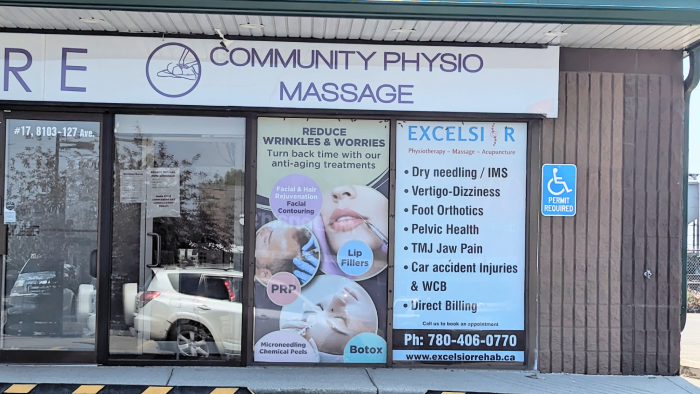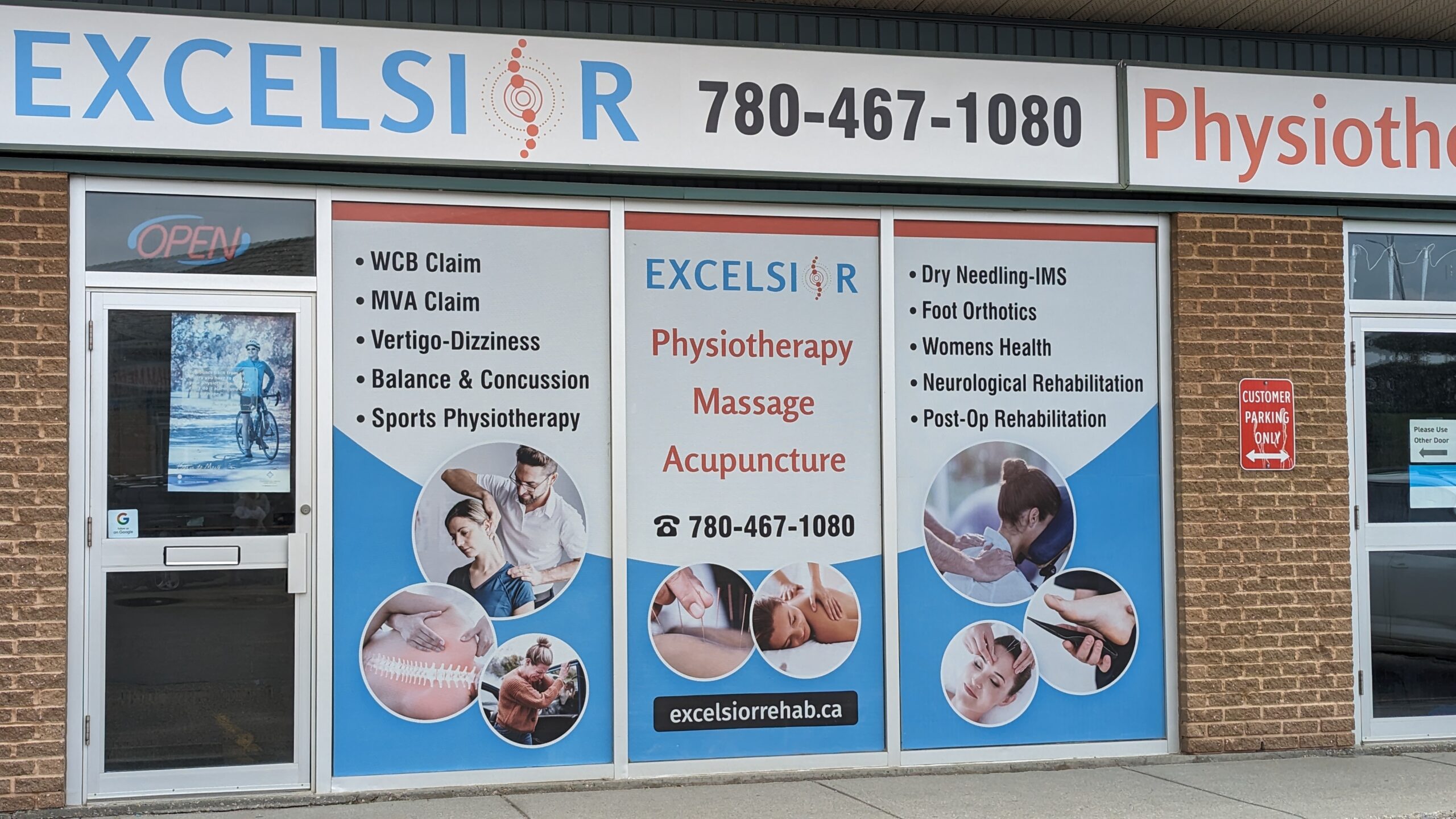LOWER BACK SURGERIES
Home » LOWER BACK SURGERIES
LOWER BACK SURGERIES
LUMBAR RESECTION
A surgical procedure called a lumbar discectomy eliminates a portion of a problematic disc in the lower back. The pads that divide the vertebrae are called discs. When a herniated or ruptured disc in the lower back is pressing on a nerve root, this treatment is commonly used.
FUSION OF THE POSTERIOR LUMBAR
The most popular form of low back fusion surgery is a posterior lumbar fusion. A surgical operation called a fusion unites two or more bones (in this case, vertebrae) into a single, solid bone. The surgery is known as a posterior fusion because the physician operates on the posterior to backside of the spine.
INTERBODY FUSION OF THE POSTERIOR LUMBAR
The surgery known as posterior lumbar interbody fusion (PLIF) is used to treat conditions such as spine instability, disc herniation, and disc degeneration. In this surgery, a spinal disc in the lower (lumbar) spine is removed by the surgeon working on the spine from the back (called posterior). The interbody area between the two vertebrae, where the disc was removed, is filled with bone graft material by the surgeon. A unique fusion cage may be used to hold the graft in place. The procedure's objective is to encourage the vertebrae to unite into a single, solid bone.
LUMBAR LAMINECTOMY
Surgery called a lumbar laminectomy is used to release pressure from the spinal nerves. The spinal canal may become narrowed by degeneration, or wear and tear, in various regions of the spine. The nerves in the canal are under pressure as a result. Spinal stenosis is the term for this condition. A laminectomy entails removing a portion of the bony plate that covers the spinal canal's spine. Thus, the spinal nerves are relieved of pressure.
REPLACEMENT OF LUMBAR ARTIFICIAL DISC
A device or implant called an artificial disc replacement is utilized to replace an intervertebral disc that has become infected or damaged. The ADR is put into the space between two lumbar vertebrae after the remaining portion of the worn-out disc has been removed. To preserve your normal spinal motion, a damaged or injured disc will be replaced.
INTERBODY FUSION OF THE LUMBAR ANTERIOR
Treatments for issues such disc degeneration, spinal instability, and abnormalities in the curvature of the spine include ALIF or anterior lumbar interbody fusion. In this surgery, the spinal disc of the lower part of the (lumbar) spine is removed by the surgeon while operating on the spine from its front end (anterior). The interbody space, created by the removal of the disc, is filled with a bone graft by the surgeon. The purpose of the surgery is to encourage the vertebrae to fuse, or grow together to form one solid bone. In the troublesome region of the spine, fusion generates a stiff and unyielding column of bone. The goal of this type of procedure is to lessen symptoms such as back discomfort.
FUSION OF THE INTERIOR LUMBAR WITH CAGES
A procedure called an anterior lumbar fusion is performed on the lower spine's anterior (or front portion). Fusion surgery aids in the growth of two or more bones into a single, solid bone. Fusion cages are modern tools that assist the bones of the spine to heal firmly together. They are simply hollow screws filled with bone grafts. When patients experience spine instability, disc herniation, and disc degeneration symptoms, surgeons perform this operative procedure.






